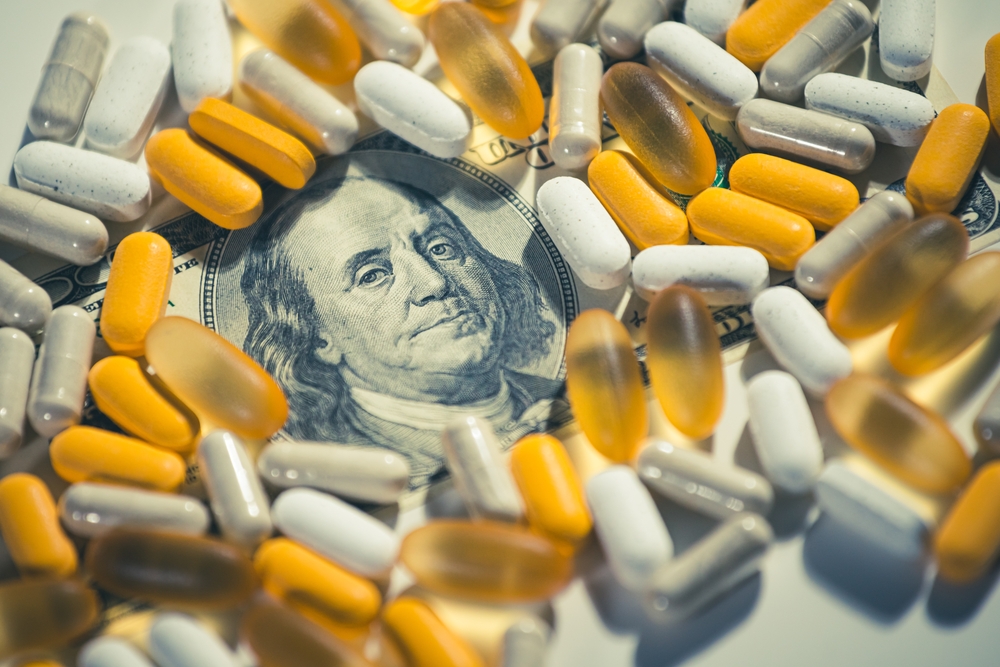
After a bruising year for Big Pharma, regulatory and political clouds appear to be lifting after President Trump’s newly announced tariffs on imported drugs largely spared America’s biggest pharmaceutical producers.
The Goldman Sachs Large Cap Pharma Index, which tracks major U.S. drugmakers including Pfizer (PFE), Merck (MRK), Eli Lilly (LLY), Johnson & Johnson (JNJ), and Bristol Myers Squibb (BMY), surged 9% in a single session — one of its strongest days in years — marking a dramatic turnaround after months of underperformance.
The rally reflected a policy-driven re-rating of the sector. Trump’s 100% tariff on pharmaceutical imports, originally set to take effect Wednesday, was delayed after the administration struck a high-profile deal with Pfizer.
In exchange for tariff relief, Pfizer agreed to expand its U.S. manufacturing footprint and lower Medicaid prices, signaling a cooperative policy path that eased regulatory fears and boosted investor confidence.
Even if the tariffs had been implemented, analysts noted that domestically focused pharma giants such as Pfizer, Merck, Eli Lilly, and Johnson & Johnson would have been “largely shielded” given their heavy U.S. production base, gaining a competitive edge over foreign rivals.
Pfizer’s agreement with the administration sent a strong signal that other companies could strike similar deals and gave markets confidence that the industry had found a workable policy framework moving forward.
In a twist of irony, the pharma rally is being compared to the so-called “TACO trade” — a Wall Street shorthand for “Trump Always Chickens Out” — describing the president’s habit of talking tough on tariffs before dialing back or delaying enforcement, often to the market’s relief.
Tariff fears fade as markets chase new highs
Although President Trump has implemented sweeping tariffs as part of his broader trade agenda, financial markets appear increasingly unconcerned — treating the administration’s trade threats as more rhetorical than real.
On Wednesday, the S&P 500 Index and Dow Jones Industrial Average notched fresh all-time highs, with the Nasdaq Composite hovering just below its own record. The S&P 500 has rebounded nearly 35% from its April low, closing above 6,700 as investors bet the worst trade-related risks may be behind them.
Amid the renewed optimism, Goldman Sachs lifted its 12-month price target for the S&P 500 to 7,200, implying an additional 7% upside from current levels. Analysts cited a combination of multiple expected Fed rate cuts and resilient corporate earnings as key drivers behind the bullish outlook.
Futures markets reinforce that view: traders are pricing in a near-100% probability of another Fed rate cut in October, with odds at 89% for an additional move in December, according to Fed funds futures.
Your email address will not be published. Required fields are markedmarked